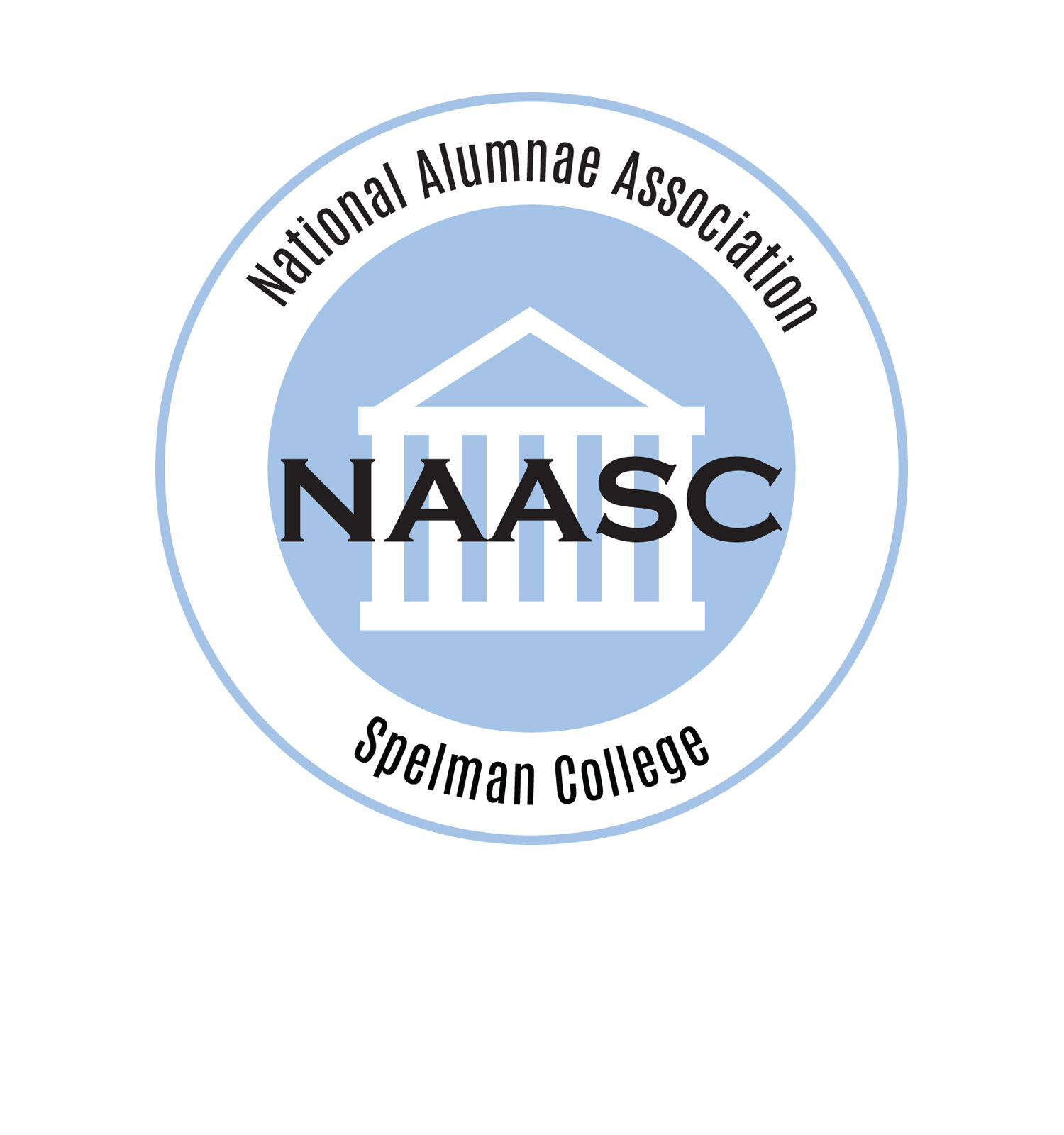1976: A Nonprofit Organization New Demographics of the Alumnae Population
What inspires leadership - It may well be another ingredient that is necessary for leadership - the ethics of leadership. Educated scholars must know what inspires or motivates one to act on that inspiration.
In 1976, as the College was considering a new college president following the retirement of Dr. Albert Manley, there was the expectation that the next president of Spelman College would be an African American woman. When Dr. Donald M. Stewart was appointed as the sixth president, the Association struggled to reconcile its time-honored promise to support the institution yet do what it knew was necessary. Pearline Davis, C'58, President of the Atlanta Club, was hired by the College as the Director of Alumnae Affairs. This move helped to bridge an emerging nonprofit organization with a College under new leadership. The Association leadership knew that the Association must position itself to reduce its dependence on the College yet increase its financial strength and clout by putting itself in the position to obtain independent funding. The result was the incorporation of the National Alumnae Association of Spelman College in 1976 as a 501(c)(3) nonprofit organization as orchestrated by Henrietta Turnquest, C'68, who was the attorney of record for the incorporation.
The NAASC was to be a separate corporate entity whose defined role was to support Spelman College yet which would be self-governing. This led to a shift in the image of the Association. It was clear that this step was a change in the relationship between NAASC and the College. A new NAASC logo was designed and a new image was launched. However, the future nature of the new alumnae association was yet to be revealed.
The separation was not intended to put the NAASC at odds with the Institution. According to the constitution, the Director of Alumnae Affairs, an employee of the College, was to be the vice-president of the NAASC. Therefore, the College would always be aware of the NAASC plans. The NAASC could present annual reports to the Board of Trustees. Annual meetings, as required by the articles of incorporation, would be held on campus in May. President Stewart initiated a fundraising campaign that included the NAASC. All of these efforts were carefully planned to answer the question whether the NAASC was still true to its organizational and collegiate roots and promises. The difference was that the NAASC was laying a foundation for the next millennium - to clarify roles and identify and communicate needs - and it was orchestrating a plan of action utilizing collaborative leadership to meet those needs. Programmatic Initiatives – The SASE Program.
The College faced pressing challenges in the seventies – lowered applications (which threatened the student population), financial pressures and the need for diverse student experiences to help students to move beyond the traditional social work, teaching and business careers. The College launched an outright effort to attract students in the sciences for the purpose of producing more scientists, doctors and researchers. The Association responded by collaborating with the Admissions Office to recruit students for Spelman.
In 1976, armed with a manual for alumnae, the Admissions Office held recruitment-training sessions to train alumnae on the latest methods in recruiting students. The NAASC worked with the Office of Career Planning, and the Spelman Alumnae-Student Externship (SASE) was started. This program paired alumnae with students for a career exploration experience during spring break. Two separate corporate entities - Spelman College and the NAASC - were collaborating to meet the needs of the students and the Institution.
501(c)(3) nonprofit organization established 1976.

